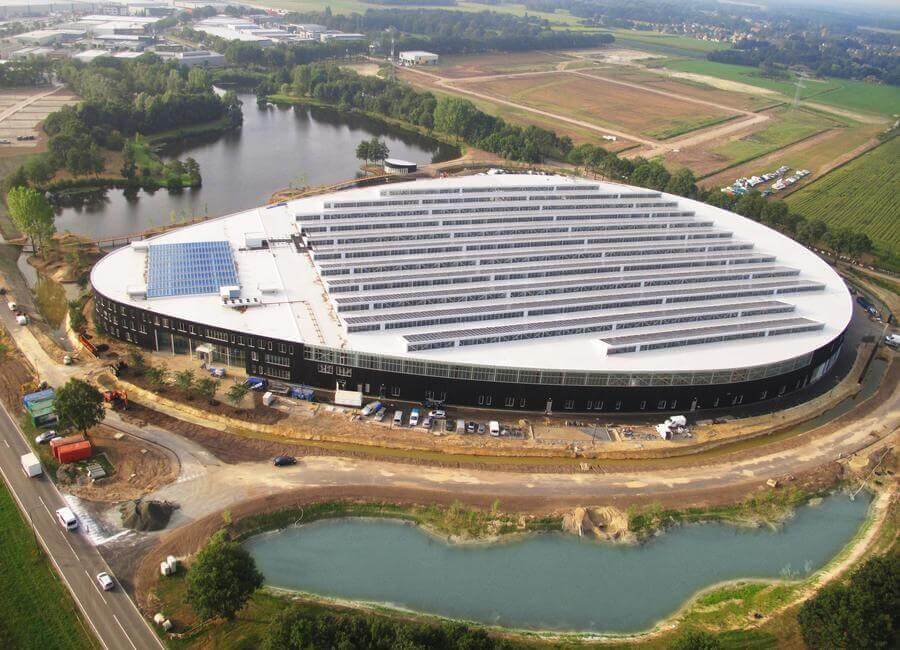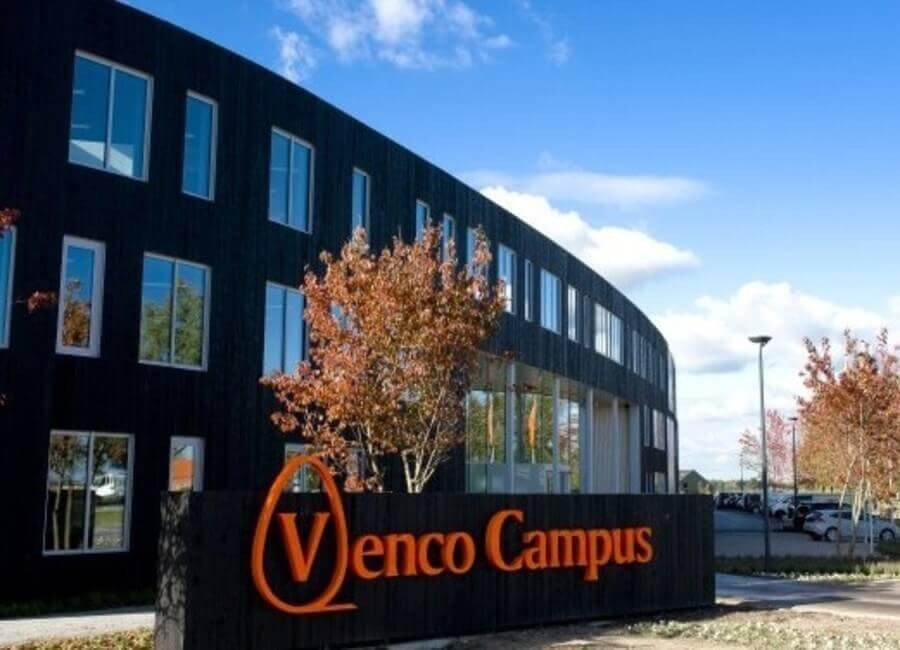The Venco Campus Goes Solar
The poultry conglomerate ensured its main campus would meet high standards of energy use and pollution minimization by installing SolarEdge for increased system yield.


By using the SolarEdge system, The Venco Group achieved their goal for an innovative solution that minimizes the environmental impact of the Venco Campus and provides safe and sustainable energy.


Ton van de Ven
/ AliusEnergyVenco was impressed with three important SolarEdge benefits: Power Optimizers eliminating power losses due to module-mismatch, which allowed for additional power generation; reduced cost through the ability to monitor the system remotely on a module-level and advanced safety features that maintained safe voltage on the roof when the system was off. This, in addition to the excellent and cost-effective use of roof space.

- Safety features that protected their people and property
- Increased power production due to Power Optimizers optimizing the production from each module
- Simple and cost-effective management due to module-level monitoring
- Flexible design that allowed for efficient and cost-effective use of space